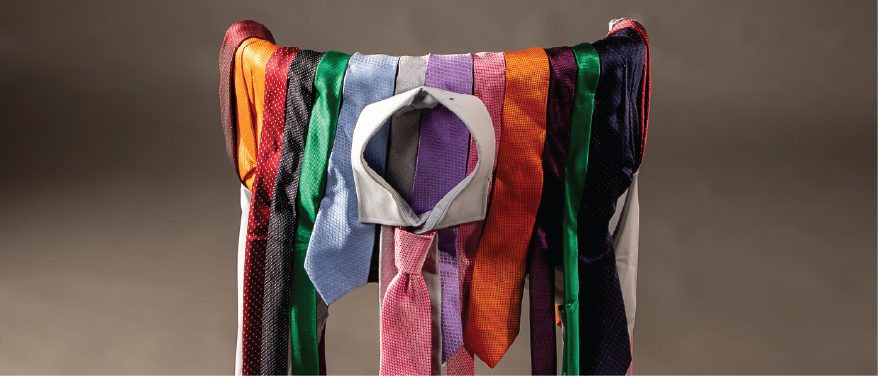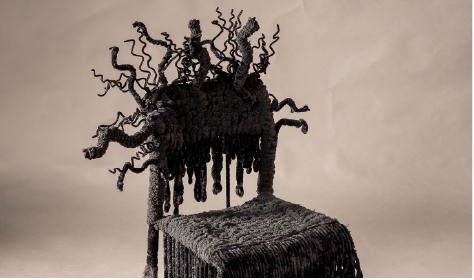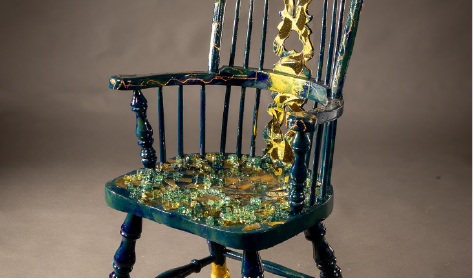The Dominant Psychographic and Lifestyle Clusters
Previous studies in the US show that ‘cluster distribution associated to furniture’ as: Affluent Suburbia, Upscale America, Metro Fringe American Diversity, Aspiring Contemporaries, Urban Essence, and Varying Lifestyles to name a few. In the visual-mapping of images, the most common psychographic clusters associated in the US furniture market are identified as: Affluent Suburbia, Upscale America, and Aspiring Contemporaries.
On the other hand, lifestyle cluster examines the individual buying attitudes of a consumer and are grouped as: Style Awarers, Prestige Seekers, Self-Possessed, Followers, Just Me’s, Comfort Seekers, Frugal Dwellers, among many others. In the lifestyle category, the furniture images that are flooding the market relate most commonly to: Style Aware – trendy and stylish choices, Self-Possessed – reflects a high sense of well-being and an adherence to the belief that function is as important as style, and Prestige Seekers – status seekers who are adapting trends but not trend-setters.
Final Thoughts
This brief examination is useful for furniture designers and market analysts who need to contextually define and develop their product lines within the matrix of functional types, health-giving patterns of seating, placement in the interior space, and strong reference to specific market niches. More than anything else, creative designers must return to the poetics of seating forms and sitting patterns and reimagine our pursuit of pleasurable comfort, engaged interaction and sensorial experience within built environments.





Comments
No comments yet.
More Blog
All news“Future Fashion Concepts” equips the next generation of fashion designers and creatives with the knowledge and tools to lead responsible fashion. Under the guidance of Dean of Fashion Programs Mario Braghieri, IMM faculty member Annette Felder, and her sister and business partner Daniela Felder, Istituto Marangoni Miami’s Fashion Design students explored plant-based, next-gen textiles as […]
Elegant nails used to follow a strict, easy-to-follow code. They were short, square, and painted in colors found naturally in the human body—blush pink, sheer nude, OPI’s iconic Funny Bunny—mirroring the discreet style of European royalty. But in 2025, the definition of nail sophistication has expanded. Now, the length, shape, and color of a manicure […]
We live in a world that constantly tries to tell us who to be, how to act, and what “success” should look like. But what if the real key to success was simply being yourself? No more second-guessing if you’re “too much” or “not enough.” You, exactly as you are, are what this world needs. What […]